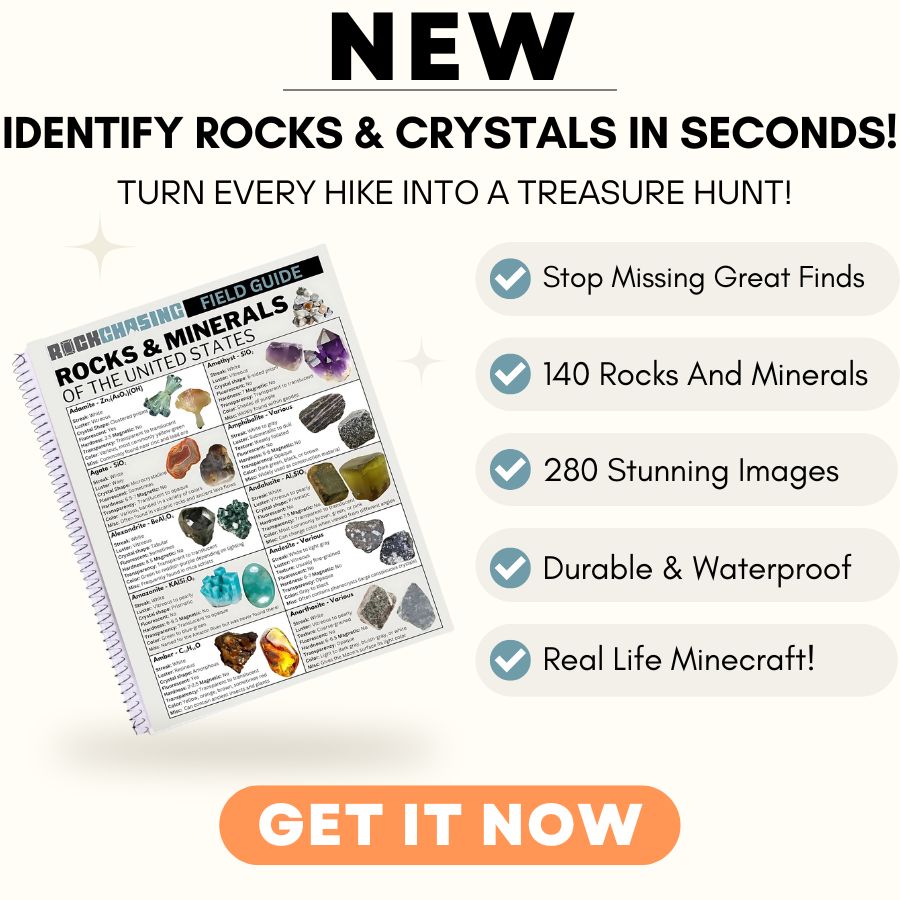Pennsylvania’s coal mines and quarries have produced some of the most stunning azurite specimens in the United States. The deep blue crystals found in these locations rival those from Arizona’s famous copper mines.
Many rockhounds waste countless hours searching in areas with no real potential. They often overlook the locations that actually hold promising deposits of this beautiful copper mineral.
So, we’ve done the hard work and research to bring you Pennsylvania’s most reliable azurite hunting grounds. We’ll show you exactly where to look, saving you time and frustration in your search for this striking blue mineral.
How Azurite Forms Here
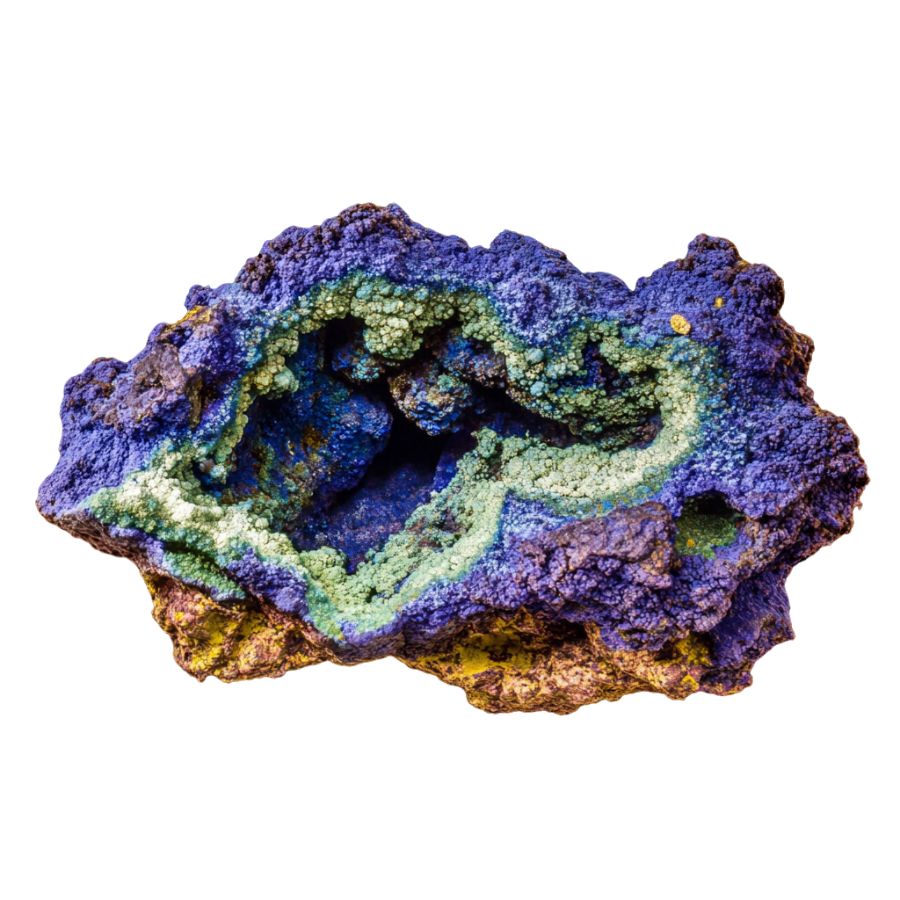
Azurite forms when copper-containing solutions react with carbonate rocks deep underground. It’s like rainwater seeping through rocks containing copper minerals.
As this acidic water dissolves the copper, it creates a solution that flows through limestone or similar carbonate rocks.
When these two meet, a chemical reaction happens, forming those beautiful blue azurite crystals. The process usually needs low temperatures and lots of carbon dioxide to work properly.
Sometimes, azurite forms in the oxidized zones of copper deposits, where the original copper sulfide minerals are weathering away.
That’s why you often find azurite near the surface of copper deposits, where it’s exposed to air and water.
Types of Azurite
Azurite occurs in several fascinating varieties, each displaying unique patterns, colors, and formations that make them distinct from one another. From sun-like radiating patterns to starry speckles and varying shades of blue to green, these different types showcase the mineral’s diverse beauty in nature.
Azurite Suns

Azurite Suns showcase striking circular patterns of deep blue azurite crystals set against white kaolin clay. These natural formations create a beautiful visual effect that looks like a celestial body, with blade-like crystals radiating outward from the center.
The deep azure blue of these specimens comes from copper carbonate minerals. When exposed to certain conditions, the azurite can sometimes show hints of green where it’s starting to transform into malachite, adding extra complexity to the patterns.
The contrast between the intense blue crystals and white background makes these rocks particularly eye-catching. Some pieces display additional features like concentric rings or varying crystal sizes, adding to their visual appeal.
K2 Azurite

K2 Azurite presents a unique combination of white granite speckled with perfectly round blue dots of azurite. These blue spots range from tiny specks to larger orbs, creating an appearance similar to a starry night sky against snow.
The formation process of K2 Azurite is quite special. The blue azurite spots formed when copper-rich solutions seeped into tiny cracks in the granite, creating these circular patterns. This makes each piece unique in its dot pattern and distribution.
Stone’s composition includes fine-grained granite minerals like quartz and muscovite, with azurite forming along the grain boundaries.
Sometimes, you might spot hints of green malachite alongside the blue azurite spots, adding extra color variation.
These specimens often show interesting variations in their dot patterns. Some pieces have densely packed spots, while others display more scattered arrangements, making each piece distinctively different from the next.
Azurmalachite
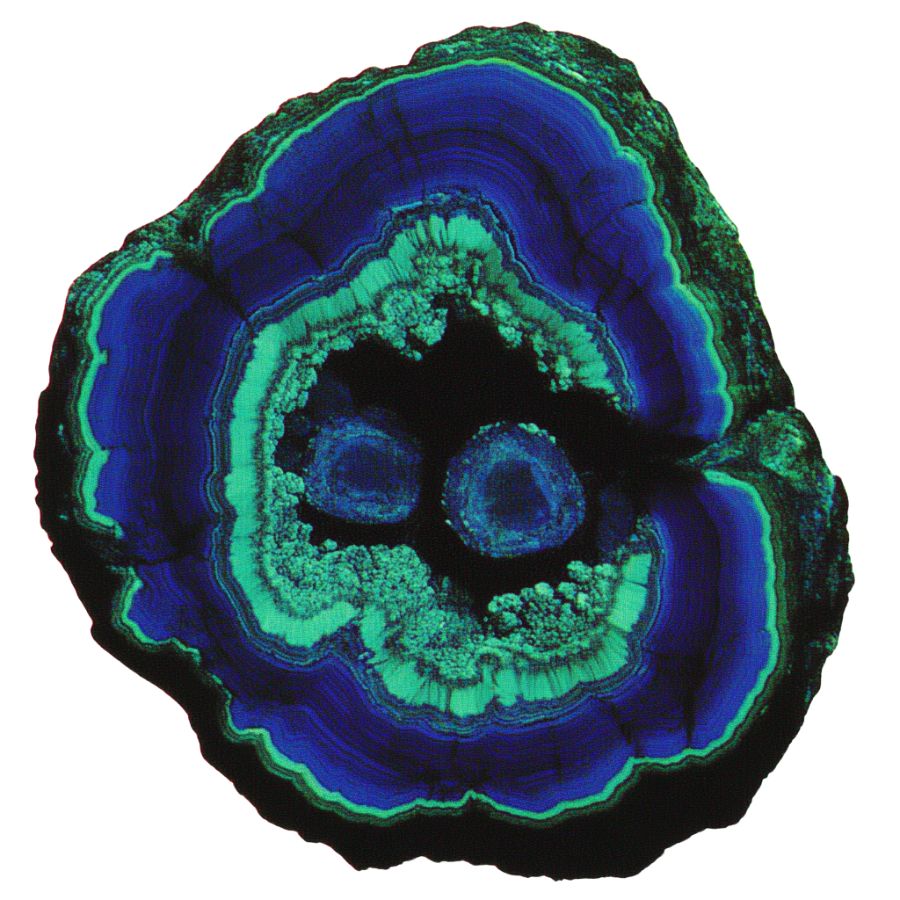
Azurmalachite is a mix of two minerals, azurite and malachite, both made of copper carbonate. The deep blue of azurite and the bright green of malachite blend together, creating eye-catching patterns.
This combination happens naturally when azurite slowly changes into malachite over time. The result is a stone with swirling colors that can be found in copper-rich areas around the world.
Azurmalachite is often shaped and polished for collectors and jewelry. Its mix of colors makes every piece look different, adding to its appeal.
Since it’s softer than many other stones, it needs careful handling to avoid scratches. Despite this, its unique appearance makes it a favorite among those who appreciate natural minerals.
Crystalline Azurite
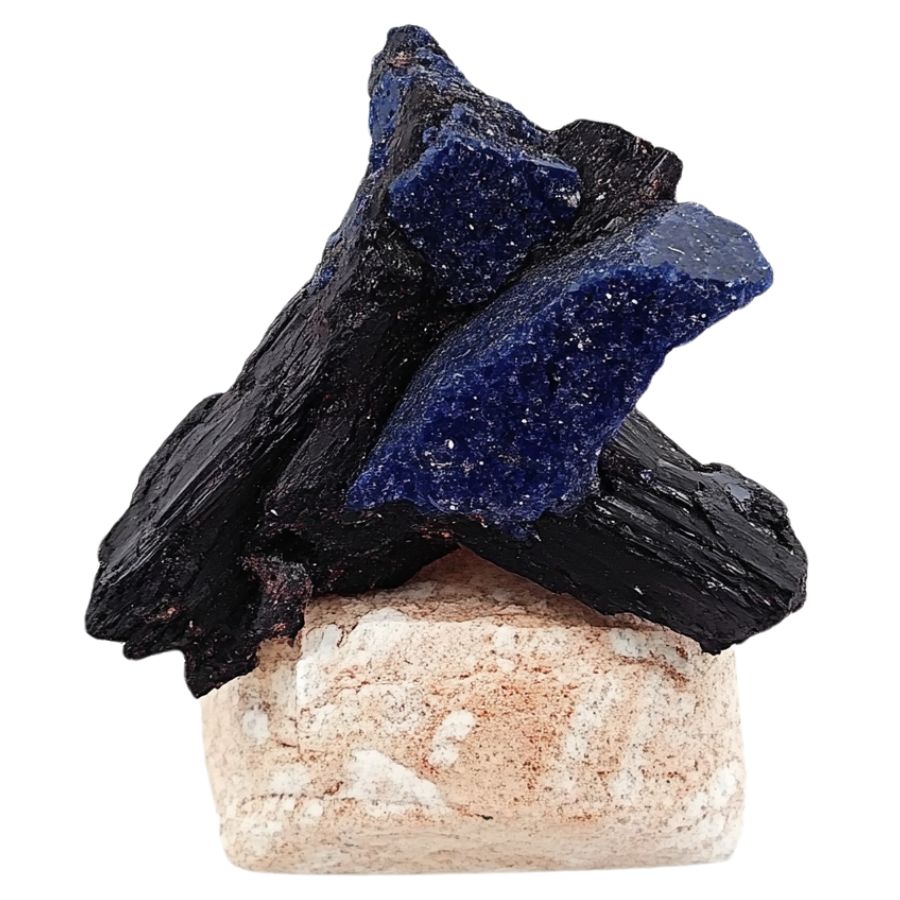
Crystalline azurite forms deep blue crystals that can be small and delicate or large and well-shaped. These crystals usually grow in sharp, geometric patterns, making them stand out from other forms of azurite.
They develop in areas rich in copper, often alongside malachite and other minerals. Some of the best crystals have been found in places like Morocco, Namibia, and the United States.
Because crystalline azurite is fragile, handling it carefully helps prevent damage. Exposure to light and air can also cause the crystals to slowly change into green malachite over time.
Collectors value these crystals for their intense color and unique shapes. Even though they are delicate, their deep blue color makes them one of the most recognizable copper minerals.
What Does Rough Azurite Look Like?
Azurite in its rough form is one of the most striking blue minerals you’ll encounter. Note that natural azurite can sometimes be confused with other blue minerals, but these tips will help you spot the real deal.
Look for the Signature Deep Blue Color
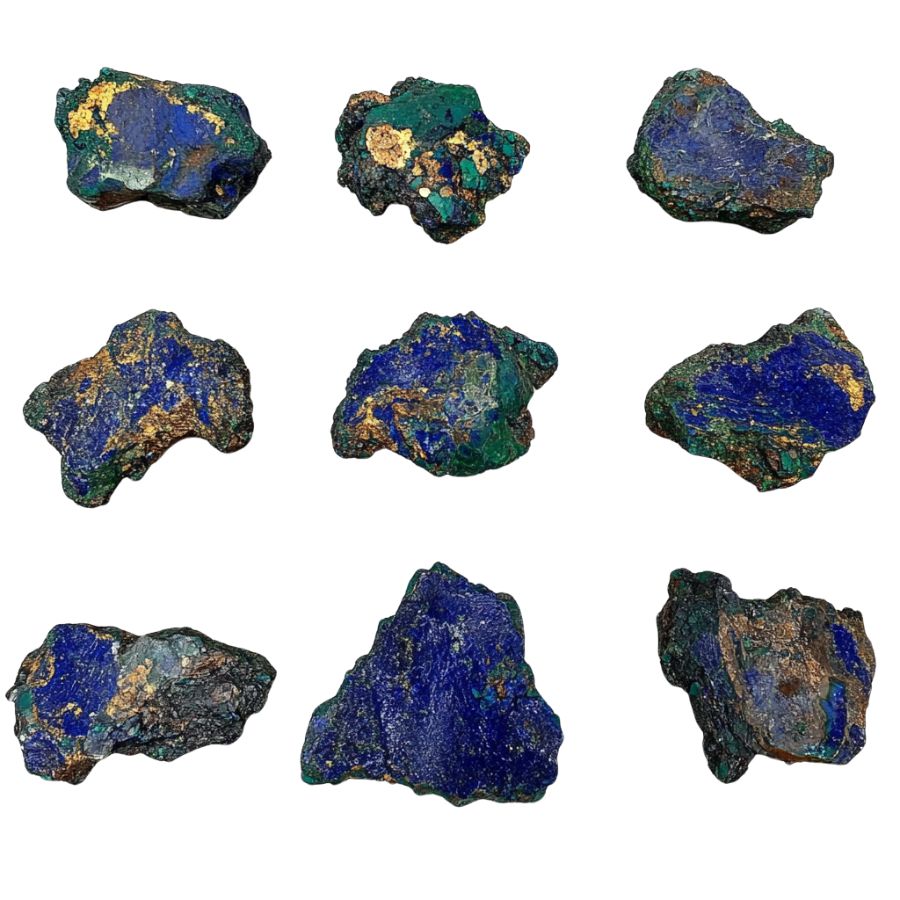
Raw azurite showcases an intense azure-blue color that’s hard to miss. Fresh specimens appear nearly royal blue, while weathered pieces might show darker shades.
Don’t be fooled by uniform blue coloring – natural azurite often has subtle variations in its blue tones. If you spot hints of light blue or even greenish patches, that’s normal! It’s actually showing early signs of transforming into malachite, its green cousin.
Check for Crystal Formations and Habits

Keep an eye out for distinctive prismatic or tabular crystals. Fresh azurite typically forms in clustered rosettes or blade-like formations. Sometimes you’ll spot perfect little crystals jutting out from the matrix (that’s the host rock).
The crystals might be stubby and short, or long and slender – both are legit! If you see crystals arranged in a fan-like pattern, you’ve probably got azurite.
Assess the Surface Texture and Luster
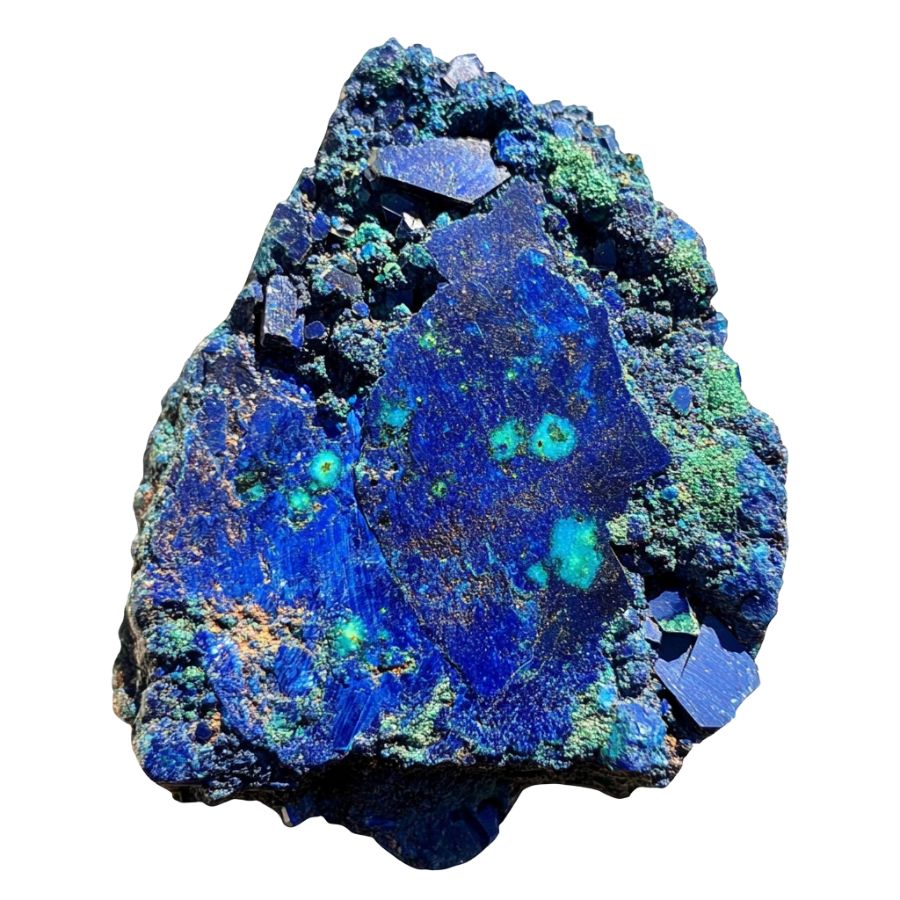
Run your fingers over the surface – azurite’s got this glassy to subvitreous luster that catches light beautifully. Massive specimens (chunks without obvious crystals) often show a more silky or velvety appearance.
Here’s a cool trick: hold it under bright light and slowly rotate it. Real azurite will show subtle flashes of light across crystal faces. Weathered surfaces might feel slightly powdery or chalky.
Test the Hardness and Structural Integrity

Azurite is relatively soft (3.5-4 on Mohs scale). Try this: use your fingernail – it shouldn’t scratch the mineral, but a copper penny will. Watch out though! It’s pretty fragile and can break along cleavage planes.
If it feels unusually hard or tough, you might be looking at dyed quartz or another blue mineral instead.
A Quick Request About Collecting
Always Confirm Access and Collection Rules!
Before heading out to any of the locations on our list you need to confirm access requirements and collection rules for both public and private locations directly with the location. We haven’t personally verified every location and the access requirements and collection rules often change without notice.
Many of the locations we mention will not allow collecting but are still great places for those who love to find beautiful rocks and minerals in the wild without keeping them. We also can’t guarantee you will find anything in these locations since they are constantly changing.
Always get updated information directly from the source ahead of time to ensure responsible rockhounding. If you want even more current options it’s always a good idea to contact local rock and mineral clubs and groups
Tips on Where to Look
Azurite is a copper carbonate mineral that forms in oxidation zones of copper deposits. Here’s where you can typically find this beautiful blue stone:
Limestone Areas
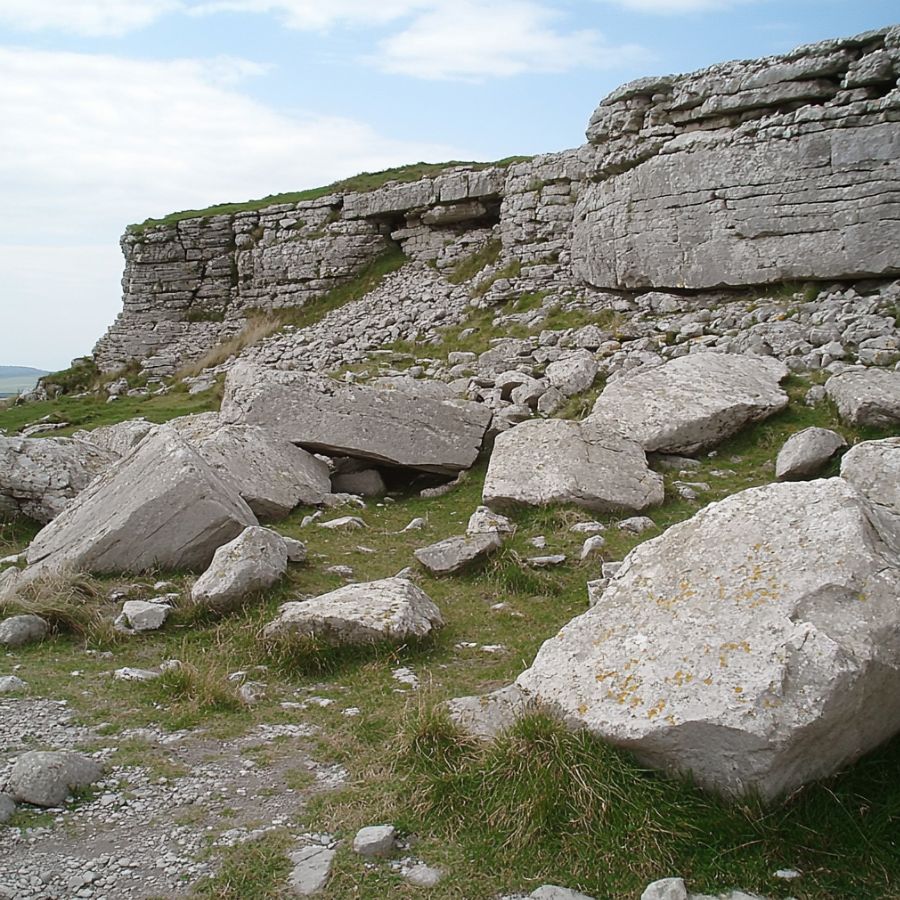
Look for areas with lots of limestone outcrops. Azurite loves to form in these rocks. Check weathered surfaces and cracks. The blue color often stands out against the gray limestone.
Sometimes you’ll find it mixed with green malachite, which is super cool because these two minerals often hang out together in the same spots. Search near the base of limestone cliffs or in quarries where they’ve cut into the rock.
Old Copper Mines
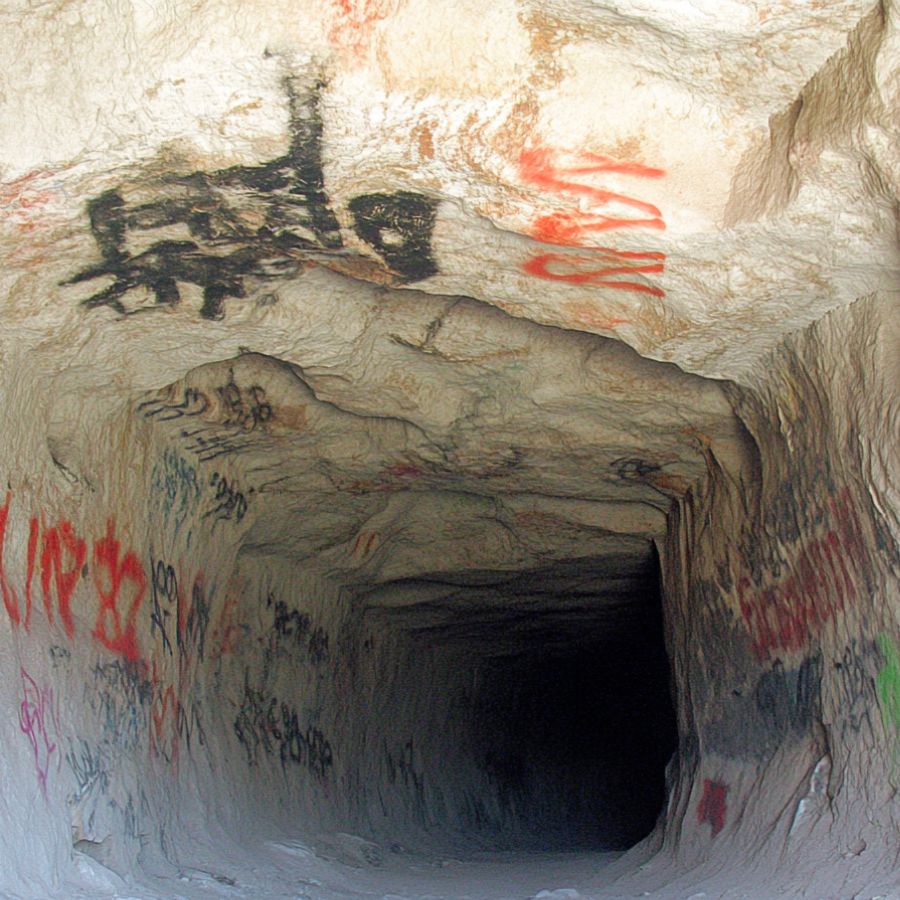
Abandoned copper mines are azurite hotspots. Check mine dumps and tailings piles. Look for rocks with green staining – that’s your first clue.
The stone often forms in small cavities or as crystal clusters. Bring a rock hammer and safety gear.
Mine dumps usually have lots of loose rocks, so you don’t need to dig deep. After rain is the best time because the wet rocks show color better.
Oxidized Rock Zones
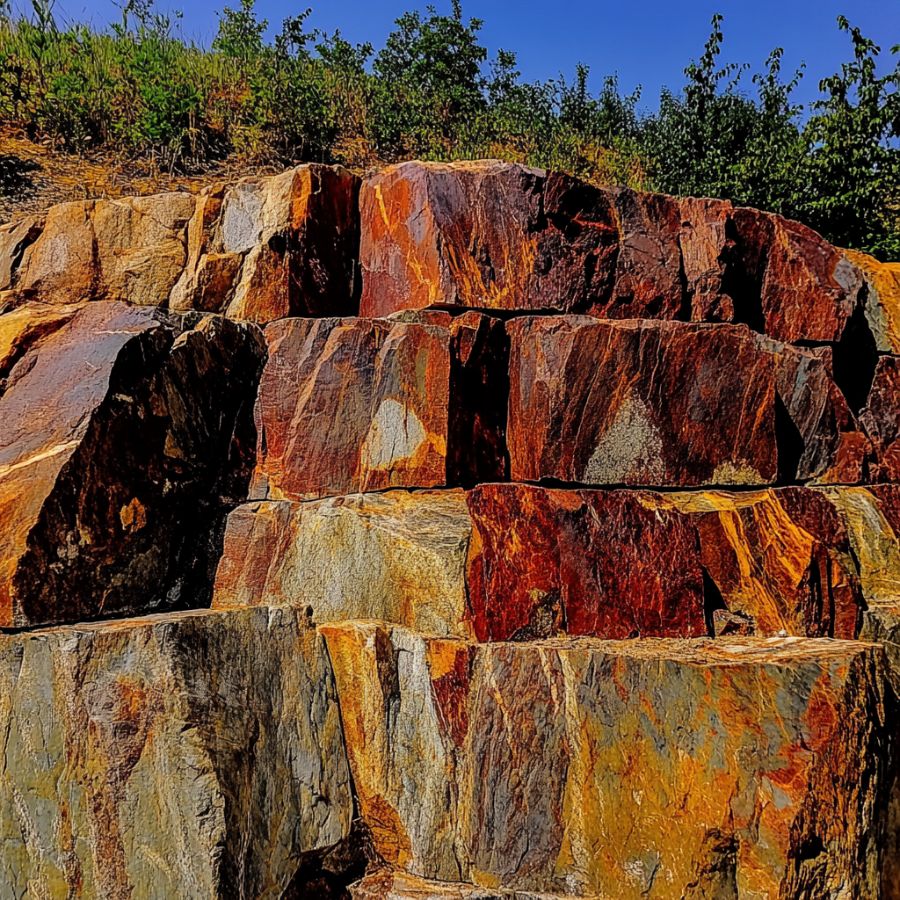
Find areas where rocks show lots of rust colors. These oxidized zones are perfect for azurite formation. Look for rocks with dark brown or reddish staining.
The azurite usually forms in small pockets or as thin crusts. Break open promising rocks – the best specimens are often hidden inside.
Check areas where water runs through rock formations because these spots have more mineral activity.
Desert Areas
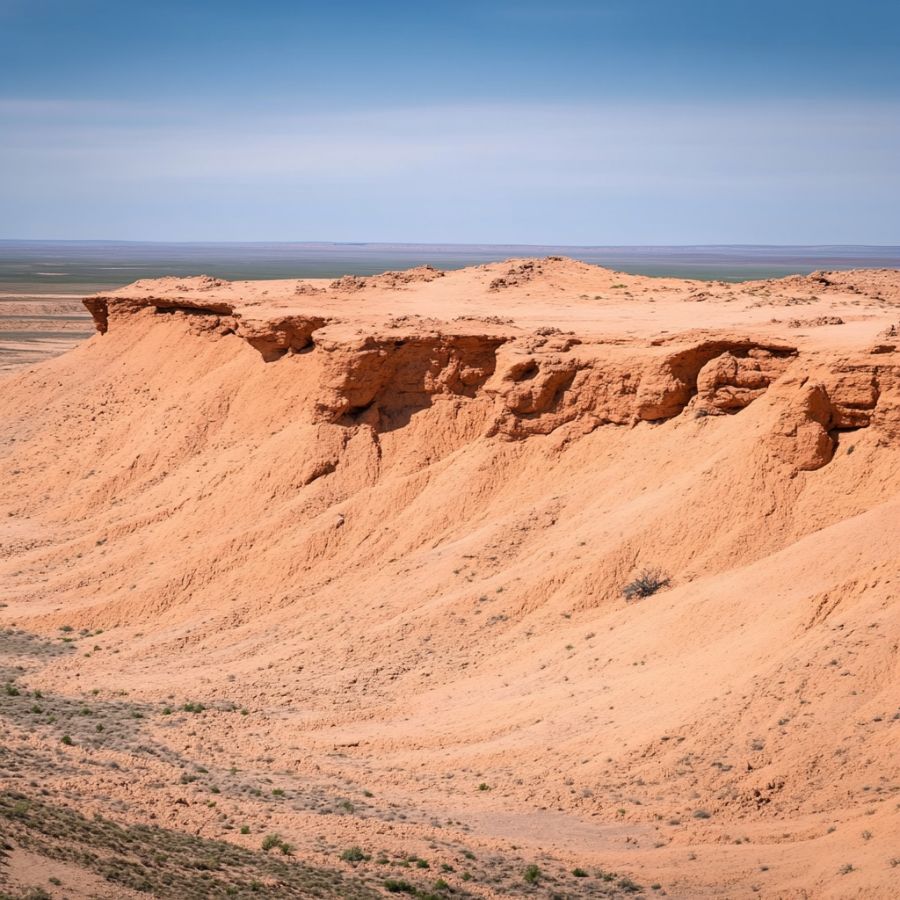
Desert regions with exposed rock formations are great spots. The dry climate helps preserve azurite. Look for areas with copper mineralization signs like green or blue staining on rocks.
Check wash-out areas after storms. Small chunks often collect in gravel beds. The intense weathering in deserts can concentrate minerals in certain spots, making them easier to find.
Some Great Places To Start
Here are some of the better places in the state to start looking for Azurite:
Always Confirm Access and Collection Rules!
Before heading out to any of the locations on our list you need to confirm access requirements and collection rules for both public and private locations directly with the location. We haven’t personally verified every location and the access requirements and collection rules often change without notice.
Many of the locations we mention will not allow collecting but are still great places for those who love to find beautiful rocks and minerals in the wild without keeping them. We also can’t guarantee you will find anything in these locations since they are constantly changing.
Always get updated information directly from the source ahead of time to ensure responsible rockhounding. If you want even more current options it’s always a good idea to contact local rock and mineral clubs and groups
Hamiltonban Township

Hamiltonban Township is located close to the Maryland border. This area spreads across 39 square miles and is famous among mineral collectors for its rich deposits. The township’s Greenstone Quarry and Snively Mine are the main spots where you can find azurite.
The area has lots of basalt rocks with small bubble-like spaces in them. These spaces often contain beautiful minerals. Water moving through cracks in these rocks over time created perfect conditions for azurite to form.
Many collectors have found good samples of azurite in the quarry’s exposed rock faces and around old mining areas.
The rocks here also contain other copper minerals like cuprite, making this place a treasure spot for mineral hunters.
Pine Mountain
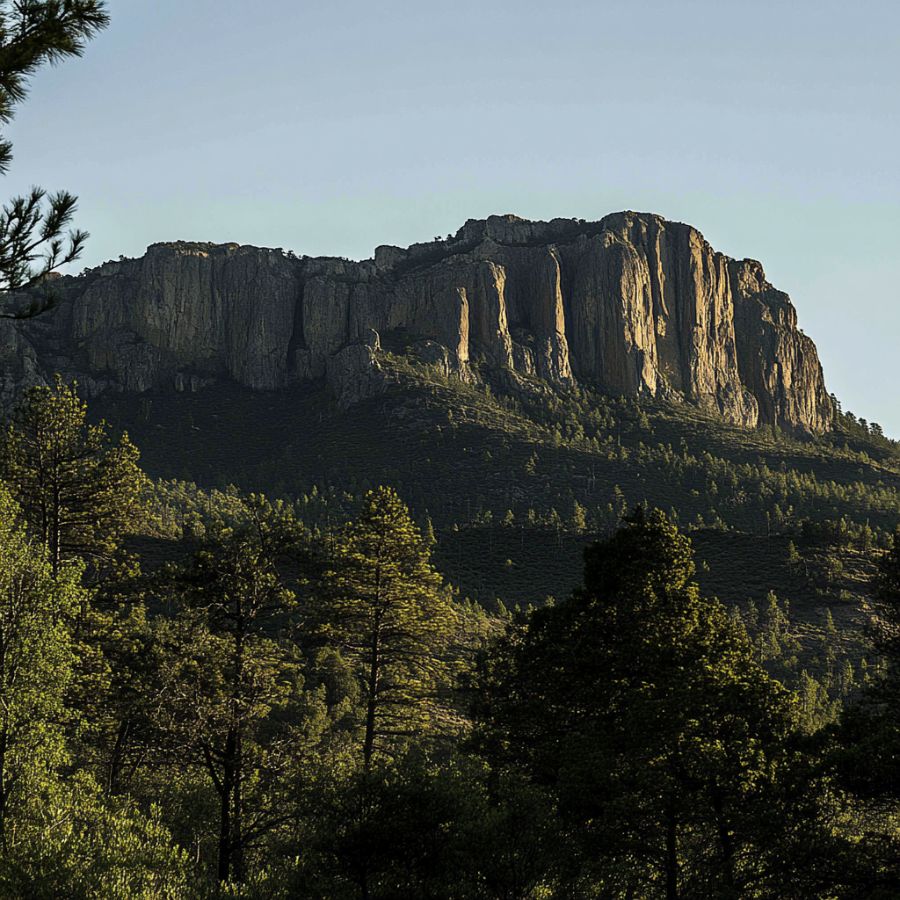
Pine Mountain stands in Adams County as part of the Appalachian Mountains. The mountain features steep slopes and rocky outcrops that make it perfect for mineral hunting.
Most collectors find this blue mineral near the Iron Springs area, where copper deposits are common.
The mountain formed through a major earth movement called the Pine Mountain thrust fault. This event pushed older rocks on top of younger ones, creating special places where minerals could form. Years of mining in this area have opened up many spots where azurite crystals can be found.
Local rockhounds often search the surface outcrops near former mining spots. The best specimens usually turn up in areas where water has worn away the rocks, revealing mineral veins underneath.
Phoenixville Mining District

The Phoenixville Mining District is located in Chester County, about 2 miles from the town of Phoenixville. This historic mining area stretches along Pickering Creek and contains several old mines that were once busy digging for lead and silver.
Mining started here in the late 1600s, making it one of America’s oldest mining areas. The famous Wheatley Mine was known as one of the richest lead mines in the eastern United States during the 1800s. Miners found many different minerals here, including beautiful blue azurite crystals.
Today, rock collectors can search for azurite in the old mine dumps near the Wheatley Mine. These piles of rocks still hold treasures from the mining days. The area’s rich mineral variety makes it popular with Pennsylvania mineral collectors.
Brookdale Mine
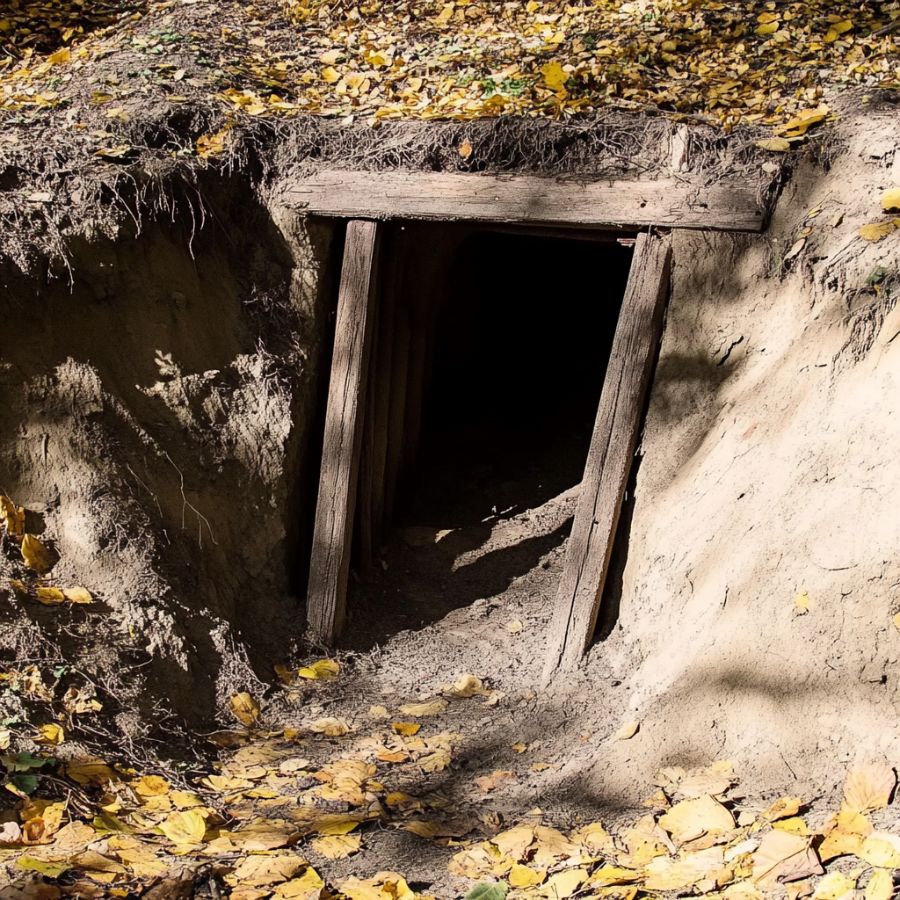
Brookdale Mine sits near Phoenixville in the state’s southeast region. The mine was once a busy spot for getting different metals from the ground.
The mine has a special pipe-shaped ore body that’s about half a meter wide and thick. People have found beautiful blue azurite crystals here, along with many other minerals like copper, silver, and zinc. The area’s rich mineral variety comes from its location in the Piedmont Upland of the Appalachian Highlands.
Rockhounds can look for azurite in the old ore veins that run through the rock. Many collectors check the mine’s tailings and rock piles left by past miners. These spots often hide good specimens.
The best places to search are areas where you can see the ore body and spots with clear signs of minerals.
Kibblehouse Quarry

Kibblehouse Quarry is a stone quarry located in Perkiomenville, Marlborough Township, Montgomery County. The quarry stretches across the western side of the Sassamansville anticline.
Rock layers here went through intense heat changes long ago, creating special rocks called hornfels. These rocks formed when hot magma heated up the muddy rocks nearby. This heating process created perfect conditions for minerals like azurite to form.
Blue azurite crystals can be found in areas where copper minerals are common. Look for green-colored rocks, as azurite often forms near other copper minerals. The best spots are usually in the metamorphosed rock sections of the quarry.
Many collectors have had good luck finding azurite specimens in the weathered portions of the rock face. The quarry also produces other minerals like malachite and various copper ores.
Places Azurite has been found by County
After discussing our top picks, we wanted to discuss the other places on our list. Below is a list of the additional locations along with a breakdown of each place by county.
| County | Location |
| Adams | Bingham and National Mines |
| Adams | Blue Ridge summit |
| Adams | Eagle Metallic Mine |
| Adams | Reed Hill Mine |
| Adams | Russel and Bechtel Mines |
| Adams | Headlight Mine |
| Adams | Snively Mine |
| Adams | Virgin Copper MIne |
| Berks | Fritz Island Mines |
| Bradford | Carpenter Mine |
| Bucks | Finney’s quarry |
| Chester | Wheatley Mines |
| Chester | French Creek Mines |
| Lancaster | Billmeyer Quarry |
| Lebanon | Cornwall Mines |
| Lycoming | Beaver Lake Adits cluster |
| Lycoming | Copper Hollow |
| Lycoming | McCauley prospect 17 |
| Lycoming | Lime Bluff Quarry |
| Lycoming | McCauley prospect 22 |
| Monroe | Monroe |
| Montgomery | Perkiomen Mines |
| Montgomery | Ecton Mine |
| Montgomery | Perkiomen Copper Mine |
| Northampton | Sherrer Quarry |


